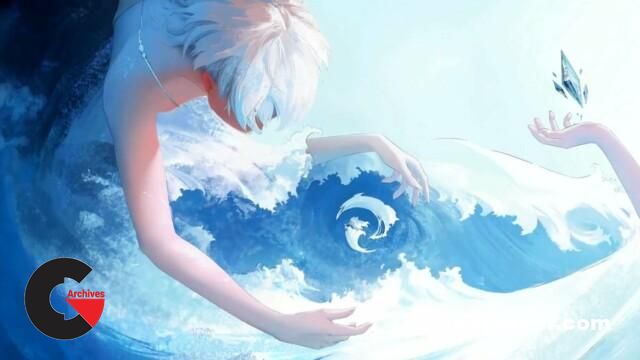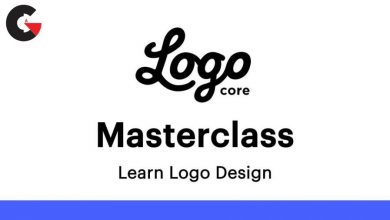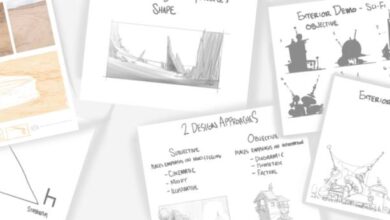The Full Guide for Visualization of a Story by Maria Gorbacheva
The Full Guide for Visualization of a Story
The Full Guide for Visualization of a Story : Creating Worlds is complicated. But what If there was a recipe for making beautiful universes, epic, magic worlds?
Learn with Maria Gorbacheva how to create such worlds through her 6-hour exclusive Master Class, now available on IAMAG Master Classes
Content :
1. What is the visualization of a World?
In the first lesson, we’ll familiarize ourselves with the concept of good visual language and with the structure of written stories, which will be the base of any visual storytelling.
What makes a concept – a good concept?
Morphology of the plot
Morphology of a character
2. The Invisible Frames.
Here, we’ll discuss genres, styles, and moods of stories—the crucial frames of any visual language. We’ll also discuss how they can affect concepts and visual language, how we can control them, and how we can use the strengths and weaknesses of our styles and genres.Mood
Style
Genre
3. Characters and the world.
In this lesson, we’ll understand the types of connections in the imaginary worlds and how they influence the environment or character concepts. How can we make imaginary worlds real and believable?The real world
Imaginary worlds
Characters in the world
4. Color
Here, we’ll build the color language of our stories. We’ll discuss all its tools, how we can use them, and adjust and tune them to our purposes so they will support our visualization and make it more vivid.Colour language
Th e usage
Tools
5. Composition.
In this lesson, we’ll discuss the topic of composition – the types of shots, the tools we use to control the direction of storytelling, and how to change the mood of one scene by adjusting the composition.
The basics
Shots
The direction
6. Visual Development.
In this lesson, we’ll gather all the knowledge we have gained before and adjust it to create a smooth visual development of the story, tuning it to our genre and style.
Dynamic
Color
Composition
7. Stories inside the story.
Here, we’ll discuss how to make our visual language more interesting, complicated, and smooth. How to create memorable hooks and exciting concepts.
The hidden stories
Transition
Variety and ambiguity
8. Success and Failures
In the last short lesson, we’ll discuss how to avoid failures and what can help your visual language stand out and become unique.
Success is unique
Failures are common
The voice of the creator
Direct download links 1.4 GB :
Direct download link reserved for subscribers only This VIP
Dear user to download files, please subscribe to the VIP member
- To activate your special membership site, just go to this link and register and activate your own membership . >>>register and activate<<<
- You can subscribe to this link and take advantage of the many benefits of membership.
- Direct downloads links
- No ads No waiting
- Download without any limitation ، all content in website
CGArchives Is The Best
Review
Review
Rate this post






